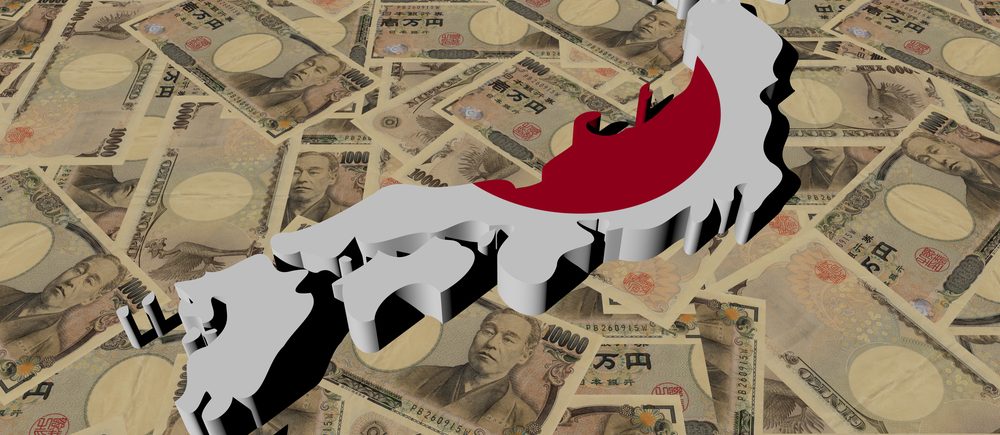The U.S. Dollar is facing mounting pressure as
trade tensions and declining Treasury yields weigh heavily on its outlook, with the USD/JPY currency pair hovering cautiously around the 143 mark. During Wednesday’s North American trading session, the pair showed a slight upward bias but struggled to gain traction, reflecting broader market unease. The Japanese Yen, often a safe-haven asset during times of geopolitical uncertainty, has failed to fully capitalize on the turmoil, caught between volatile equity markets and divergent monetary policies. As global trade frictions intensify, the pair’s near-term trajectory remains uncertain, with investors closely monitoring both economic data and technical signals for clues.
Escalating trade disputes are at the heart of the Dollar’s challenges. The U.S. administration’s recent push to impose new tariffs on critical mineral imports has heightened concerns about global supply chain disruptions, particularly in technology and defense sectors. These measures build on existing tariffs in the prolonged U.S.-China trade conflict, with China retaliating by restricting exports of rare earth minerals. While both nations have signaled a willingness to resume talks, public statements underscore the need for mutual concessions, leaving markets on edge. The uncertainty has dampened investor confidence, prompting a retreat from the Dollar and limiting the USD/JPY pair’s ability to sustain upward momentum.
Despite some positive U.S. economic indicators, the broader sentiment remains cautious. Retail sales in March grew by 1.4%, slightly exceeding expectations, signaling resilience in consumer spending. However, this has not been enough to bolster the Dollar, as investors grapple with the implications of trade policies and shifting monetary expectations. The U.S. Dollar Index, a gauge of the currency’s strength against a basket of peers, continued its decline, further constraining the USD/JPY pair’s potential for gains. Meanwhile, falling Treasury yields have added to the Dollar’s woes, as markets reassess the Federal Reserve’s next moves in a complex global environment.
From a technical perspective, the USD/JPY pair presents a mixed outlook. Key indicators suggest weakening momentum, with the pair trading below critical moving averages. Resistance is evident near the 145.50–145.80 zone, where sellers have repeatedly capped upward moves. On the downside, support around 142.40 remains pivotal, with further declines potentially targeting 141.80. The pair’s proximity to oversold conditions hints at a possible short-term bounce, but the broader bearish trend persists unless buyers can decisively break through the cluster of moving averages. For now, the pair appears stuck in a cautious holding pattern, reflecting the broader uncertainty gripping global markets.
As trade tensions show no immediate signs of easing, the USD/JPY pair’s path forward hinges on developments in U.S. policy and global responses. The interplay of economic data, central bank signals, and geopolitical rhetoric will likely dictate the pair’s next moves. Investors are bracing for continued volatility, with the Dollar’s struggles underscoring the challenges of navigating an increasingly fragmented global trade landscape. Until clearer signals emerge, the USD/JPY pair is likely to remain constrained, caught between fleeting rallies and persistent downward pressure.

 Noor Trends News, Technical Analysis, Educational Tools and Recommendations
Noor Trends News, Technical Analysis, Educational Tools and Recommendations




